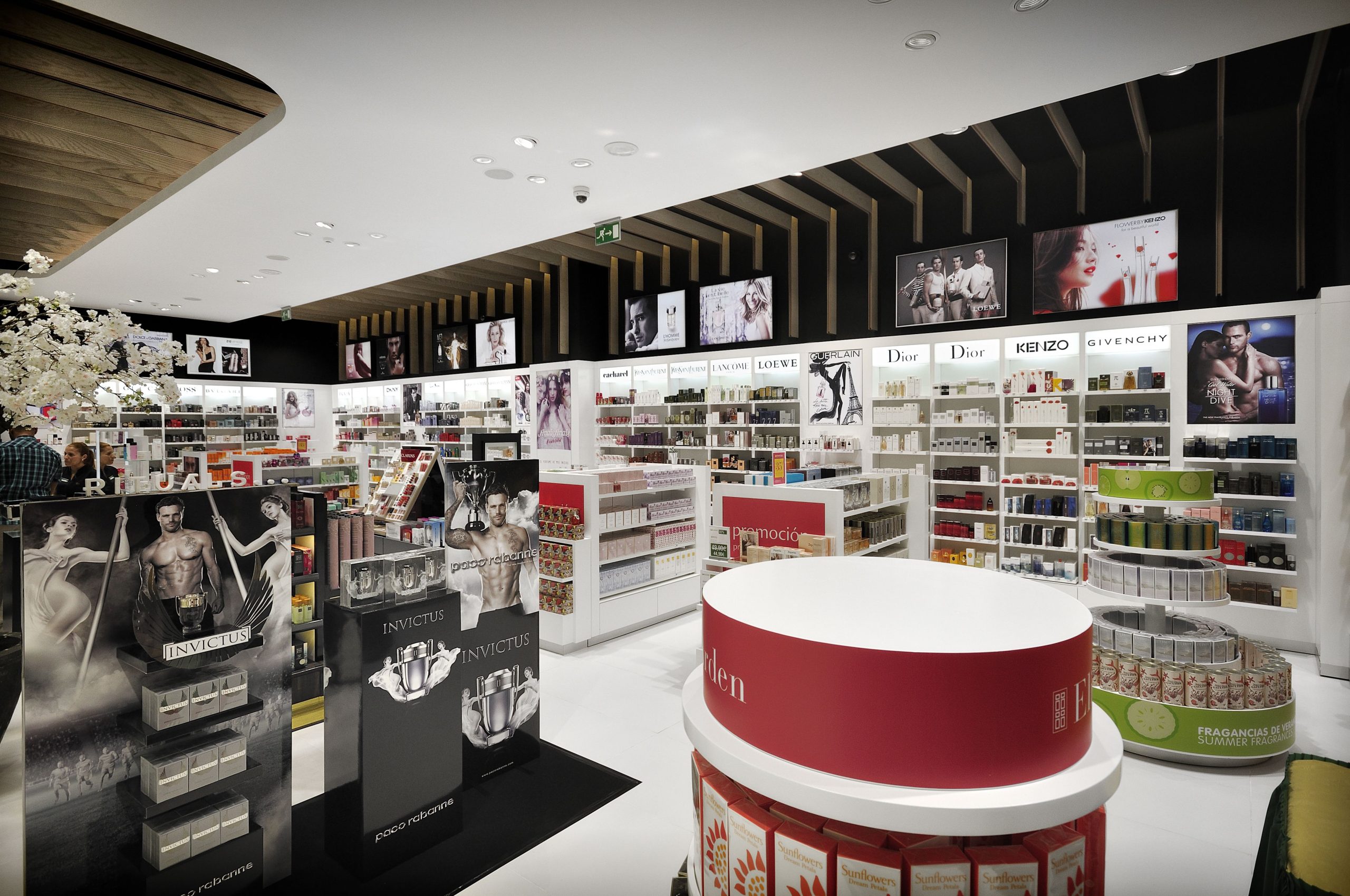Retail sector: an overview of the 2022 results
Over the past year, the retail sector has shown a good recovery in Spain. The volume of sales here increased by 26% compared to the previous period. According to statistics, the inflow of new customers was 14%, and investment activity increased by 23%.
The year 2021 was quite difficult for the retail sector, many investment deals have been suspended. However, despite this, 2022 began on a positive note, an important role played here by increased liquidity. Besides, the demand on the part of investors increased, who was attracted first of all by the shopping centers. As a result, the volume of investment for only 9 months showed a growth of 23% compared to 2021.
Investors showed the greatest interest in the sector of shopping centers and supermarkets, they accounted for 58% of all investments for the year. Street stores have a share of 23%, and medium-sized stores have 19%.
By September last year, the vacant space in Spanish shopping centers was about 18 million square meters. By the end of the period, another 186 thousand square meters were commissioned. For the current year, it is planned to increase the space in shopping centers by 430 thousand square meters.

Despite the fact that the pandemic has stimulated the development of online commerce, shoppers in Spain are not giving up shopping in physical stores. Such preferences have led retailers to adopt a business model that combines online and offline trade. And many online stores are opening physical outlets – and vice versa.
ING Bank has presented an analytical study of the residential real estate market in Spain. According to him, this year should expect a slowdown in the growth of the cost of facilities within 1%. Based on the level of inflation, we can expect that by the end of 2023 prices will decrease by 3.4%. According to analysts, the peak value increase passed last year, and the slowdown is observed even in the most popular regions of the country. For 2022 real estate on the Mediterranean coast, the Canary Islands, and the Balearic Islands showed growth rates below the expected values. The only places where the rate remains stable are the major cities.
The purchasing power is affected by rising interest rates, as well as higher energy costs. As a result, the affordability of housing for people with low and middle incomes has significantly decreased. At the same time, the Spanish market remains quite favorable for the purchase of real estate, but many put off buying. As a result, sellers will make concessions and reduce the offer price. It is predicted that such trends will be observed until the end of the year.
